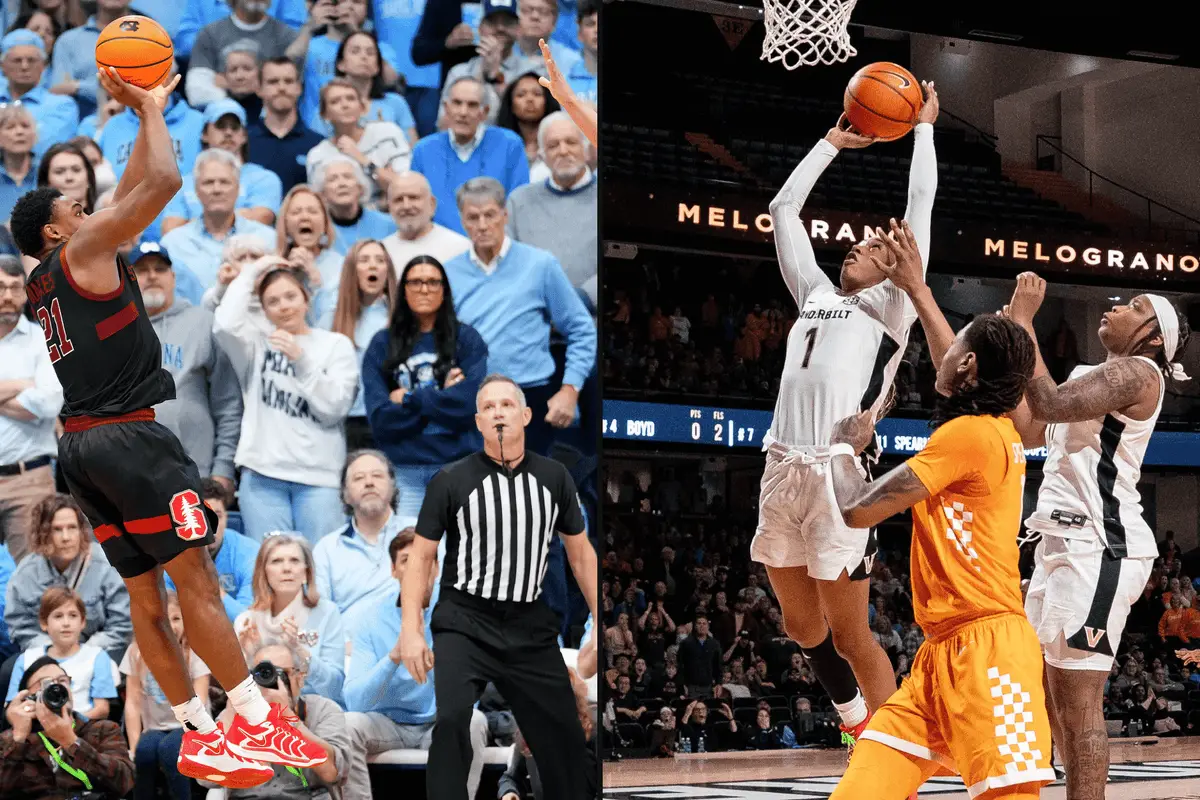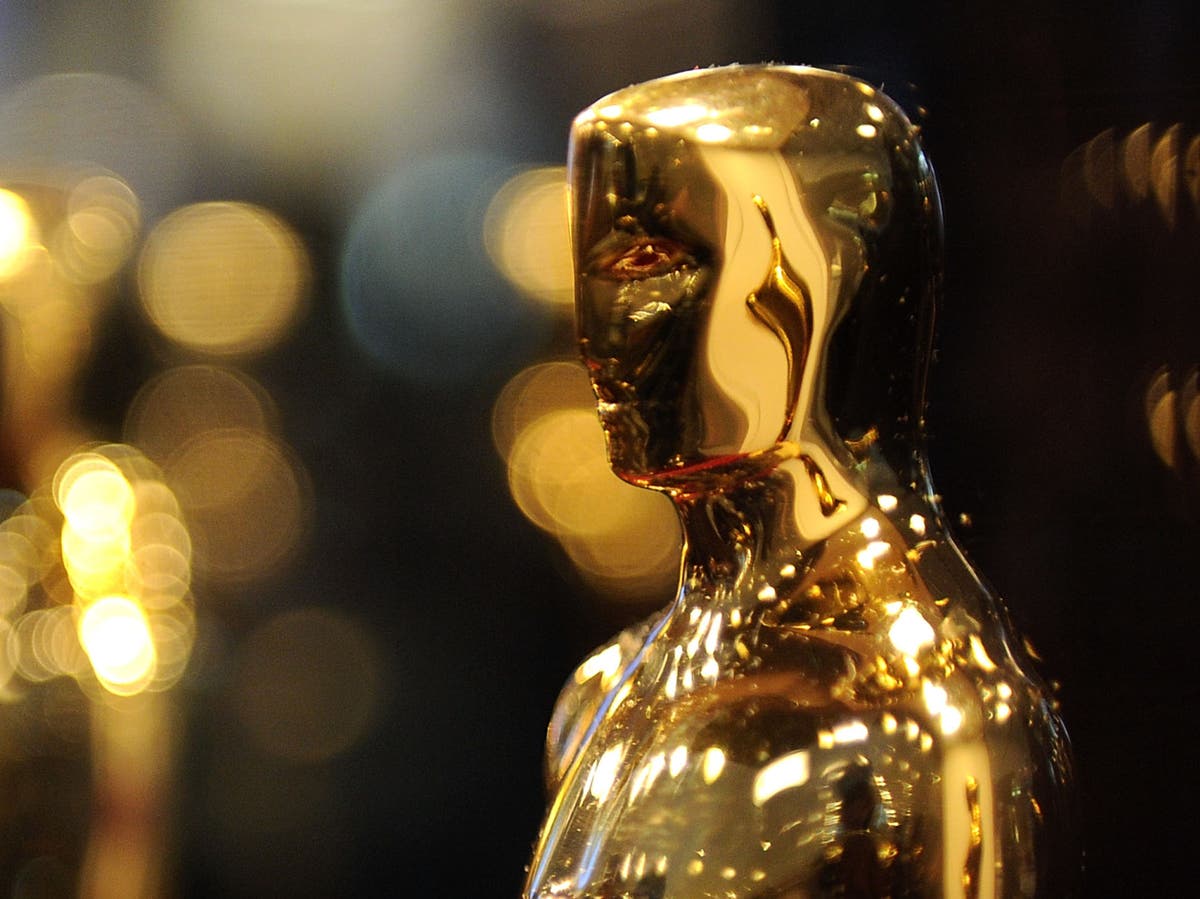[ad_1]
An awkward mood has been reddening the cheeks of the fashion industry recently. This week, an almost unrecognisable Daniel Craig starred in the latest campaign for the luxury Spanish fashion label Loewe. With lank hair and glasses with yellow lenses, the 56-year-old actor looked more bedroom hacker in a 90s thriller than Hollywood actor known for his conventional 007 looks.
This is the latest blush in a line of intentionally ill-at-ease modelling – from high street brands to high-end labels, stools are being teetered on, necks appear tweaked and shoulders hunched.
Winona Ryder struck a charmingly gawky pose on the cover of the recent Harper’s Bazaar. For Versace’s spring/summer 2024 campaign, the Oppenheimer actor Cillian Murphy, who is regularly made into a meme for his apparent personal discomfort in Hollywood, adopted a protective crouch. Bottega Veneta’s campaign features models in a playground, dressed to the nines while contorting themselves through equipment or sitting static, their feet stuck in climbing frames. For a recent Skims menswear campaign, that most awkward of things – undressing in front of someone – was documented, with the model wobbling as he takes off his boots. Meanwhile, in Vogue Italia, the model Karen Elson appeared in a shot all politicians dread – eating a hotdog, and one of the models from the Scottish designer Charles Jeffrey’s autumn/winter campaign looks as if they have put their back out.
Fashion brands try to use the way their models pose – or move, in the case of catwalk shows – to underline their identity. Why awkwardness might be seen as aspirational, Ty Tashiro, a psychologist and the author of Awkward: The Science of Why We’re Socially Awkward and Why That’s Awesome, says: “Many of us can relate to feeling awkward at some point in our lives and as we mature, there’s something very liberating about embracing parts of you that don’t fit with societal expectations.” Celebrating awkwardness, then, might be about expressing optimism.
Laird Borrelli-Persson, Vogue’s senior archive editor, who has written about how postures and poses go in and out of fashion – from the debutante slouch to the waifish 90s straight back – sees it as “an anti-AI kind of thing”, linking it to the idea of authenticity, which, she said, is rare today. “Everything seems marketed, every person is a brand, every brand is a brand, campaigns feel like they have a campaign for the campaign.” This awkward mood is, she said, part of a “search for something that’s human”. As we are becoming increasingly digital, “it’s not only about perfection, but what are the things that escape technology?”
In the “crazy days” in which we are living, she said, perfection “might be a little off-putting, or could potentially feel a little off-key”. By contrast, awkwardness, a traditionally off-key quality, becomes charming.
The fashion historian Tony Glenville is less convinced, citing the idea that magazines and brands are avoiding putting “unrelatable glamour on the cover or in our campaign” as “at the highest price level … a bit try hard”.
after newsletter promotion
Technology beyond AI could play a role. From tech neck to rounded shoulders, the digital age is bad news for posture. The awkwardness represented in this latest imagery could be read as an expression of that very modern physical discomfort.
Fashion photography in recent times has largely valued authenticity over glitz: Martin Parr’s work showing fashion minus the reverence has been a blueprint. In the 90s and early 00s, “campaigns featured over-the-top budgets, fantastical concepts and highly editorial poses,” said Christine Buzan, a posing expert with 1.7 million TikTok followers. In search of something attainable, “consumers began to look toward street-style stars and fashion bloggers for inspiration”.
Buzan cited “the simplicity of Hedi Slimane’s photography-driven Saint Laurent era” as “a turning point in the industry. As a result, fashion campaigns adapted; poses became more relaxed, campaigns were more muted and a focus was placed on ‘lifestyle’ and ‘accessibility’.”
In the wider world, added Buzan, “posing trends have evolved rapidly over the past 10 years … As we have become more comfortable in photographic technology, our poses have become more relaxed as well.” If all of us are now posing with greater ease, it “makes perfect sense that fashion houses would choose disruptive editorial poses to stand out!”
[ad_2]
Source link




